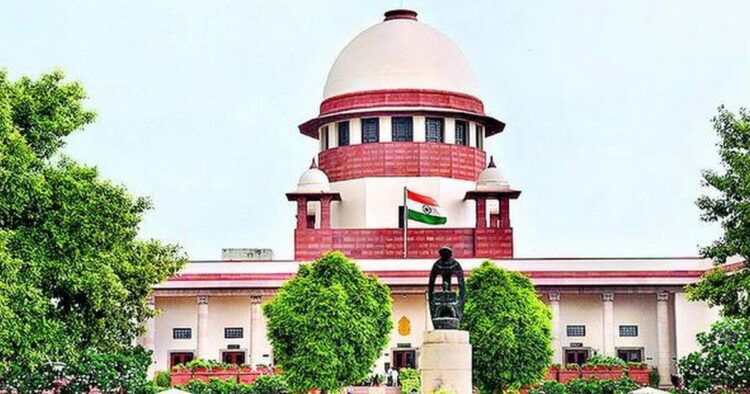The recent developments regarding the Waqf (Amendment) Act, 2025, have sparked intense discussions across the nation. The Supreme Court’s decision to place a temporary hold on some provisions of the Act has added more fuel to this ongoing debate. If you are wondering how this pivotal moment could reshape land ownership and religious institutions in India, continue reading to understand the larger implications of the Court’s intervention and the challenges ahead.
On Thursday, the Supreme Court temporarily suspended key provisions of the Waqf Amendment Act for seven days, maintaining the status quo until the next hearing. This included a directive to the government to refrain from making any new appointments to the Central Waqf Council and Auqaf Boards, a move based on the 2025 Act. Solicitor General Tushar Mehta assured the Court that properties already declared as waqf under the original 1995 Act would remain undisturbed for now, a decision that has temporarily calmed concerns about mass de-notification of waqf properties. The case is now set to be reviewed further on May 5, where the petitioners will have an opportunity to present their rejoinders.
The controversial Waqf (Amendment) Act, 2025, which has sparked strong reactions, aims to reform how waqf properties are managed and registered. Passed in Parliament with substantial support, the Act has been challenged by multiple petitioners, including prominent political and religious figures. Among the concerns raised is the recognition of ‘waqf by user,’ a practice where properties have been used as waqf without formal registration. Critics argue that by demanding formal registration, the new Act threatens to undo centuries-old practices that have long been part of India’s rich cultural and religious heritage.
The Supreme Court, while acknowledging the possible merits of the amendments, has shown caution in ensuring that the current status quo is maintained until all legal matters are properly addressed. The Court’s decision to allow a week for the central government to submit a response and for the petitioners to file rejoinders reflects its commitment to a fair and thorough examination of the issues at hand. The Court’s intervention underscores the complexities involved in balancing the reform of religious institutions with respect for their historical and legal standing.
At the heart of the Waqf Amendment Act is the government’s intention to combat the encroachment of waqf lands and to ensure that these lands are properly managed. The Act aims to modernize the way waqf properties are handled, especially by addressing issues such as land misuse and unauthorized occupations. While these goals are commendable, the opposition to the Act underscores a wider concern over its impact on established religious practices and the potential for political interference.
The Waqf Amendment Act is a significant step toward reforming the management of waqf lands, but it also raises important legal and ethical questions. The Supreme Court’s decision to temporarily stay certain provisions of the Act reflects the complexity of the issues at hand and the need for careful consideration of both legal and cultural factors. While the Act is intended to address the problem of land encroachment, it also must navigate the delicate balance between reform and religious rights. As the legal proceedings continue, it remains to be seen how the Court will ultimately shape the future of the Waqf system in India.

















Comments